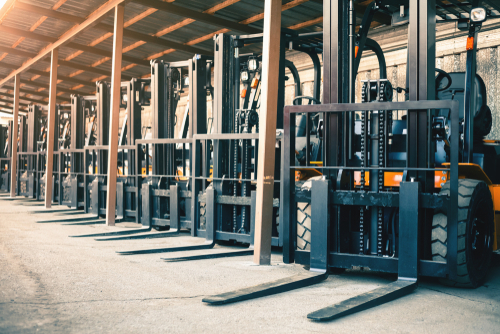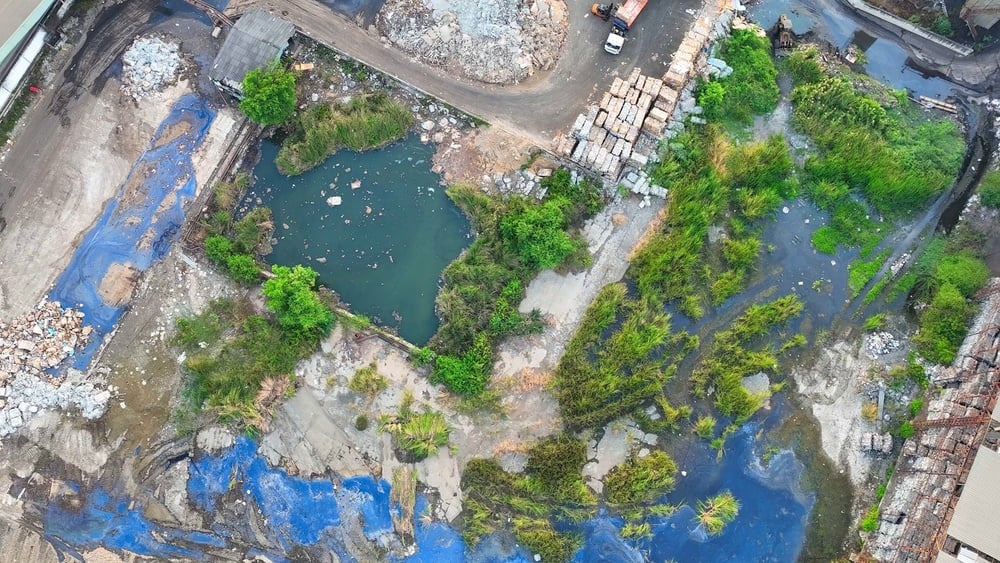EPCRA, Tier II, and Form R
When completing a mergers and acquisitions (M&A) transaction, operators often choose to conduct a Limited Environmental, Health & Safety (EHS) Compliance Review (LECR) in conjunction with their Phase I Environmental Site Assessments. These LECRs are typically conducted for facilities that engage in light-industrial or manufacturing operations that can range anywhere from warehousing to metal plating. No matter the operations, however, there are nearly always compliance obligations that prospective facility operators should keep in mind when conducting their acquisition review. While many targets have designated EHS personnel, it is usually an employee that has “grown” into the position from another field of practice within the company, such as a maintenance manager, operations manager or HR person. By nature of their assignment, these folks are forced to learn on the job and are often not trained or adequately experienced in the EHS matters they oversee. When it comes to compliance reporting and permitting, if a regulator has not told them to do something, they probably have not done it, even if they are obligated to do so under law.
That’s where the LECR comes in. By completing an LECR, the buyer is able to get a snapshot of the compliance standing for an operating facility in an effort to identify high-dollar non-compliance issues, or NCIs. Assuming they are not deal breakers, these findings can be used during the transaction to negotiate pricing and liability, should that be necessary.
To provide clarity and direction to the buyers out there, we’re putting together a blog mini-series highlighting some common NCIs that are identified during due diligence LECRs. First up: Emergency Planning and Community Right-to-Know Act reporting, often known as Tier II and Form R.
Emergency Planning and Community Right-to-Know Act (EPCRA)
In 1984, an incident at a Union Carbide facility in Bhopal, India, released 40 tons of methyl isocyanate into the air, which settled on the unknowing local community, killing thousands. Following that incident, U.S. regulators conducted a review of thousands of other smaller incidents that centered around chemical accidents. In response to this review, in 1986 the U.S. Congress passed the Emergency Planning and Community Right-to-Know Act, or EPCRA (also known as Title III or SARA), to facilitate more effective and safe responses to chemical accidents and to inform citizens of the chemicals that are used in their community. This act established thresholds for chemical storage and use beyond which facilities must report to their Local Emergency Planning Committee (LEPC) or State Emergency Response Commission (SERC). These reporting obligations are broken down into two categories: 1) Tier II, which covers maximum chemical storage at any given time, and 2) Form R, which covers annual chemical use or throughput.
Tier II Reporting
Tier II reporting is conducted to inform the LEPC of the types and volumes of chemicals that a facility contains, so that emergency response teams can be well-informed when responding to distress calls. EPCRA Section 312 requires annual reporting to the LEPC for storage in volumes of 10,000 pounds at any one time of anything that requires a Safety Data Sheet (SDS). However, EHS personnel often overlook that EPCRA required reporting for storage of any extremely hazardous substance (EHS) at quantities above its Threshold Planning Quantity or 500 pounds, whichever is less. Common EHSs include ammonia, chlorine, chloroform, formaldehyde, hydrogen peroxide, nitric acid and sulfuric acid, among others.
In BBJ Group’s experience, the most common NCI related to Tier II reporting involves the use of battery-powered forklifts. Forklift batteries typically contain two EPCRA reportable materials: sulfuric acid and lead. Forklift batteries can range in weight from 800 to 4,000 pounds, and a typical battery contains approximately 20% sulfuric acid by weight. As such, if a warehouse facility contains 2,500 total pounds of forklift batteries, it is likely they exceed the 500-pound threshold for reporting of sulfuric acid, an EHS. Additionally, while not an EHS, lead is often overlooked as an EPCRA reportable chemical that must be reported if present above 10,000 pounds. As forklift batteries typically contain approximately 80% lead by weight, it would require only 12,500 pounds of forklift batteries to exceed this threshold.
Examples:
3 forklifts each with 1,000-pound batteries → 600 lbs. sulfuric acid; 2,400 lbs. lead
Requires Tier II reporting for sulfuric acid
14 forklifts each with 1,000-pound batteries → 2,800 lbs. sulfuric acid; 11,200 lbs. lead
Requires Tier II reporting for sulfuric acid AND lead
Another common Tier II reporting NCI that BBJ Group encounters during M&A transactions is related to ammonia refrigerant systems. Large climate-controlled facilities often use ammonia, an EHS as a refrigerant, stored in bulk at quantities that may exceed the 500-pound Tier II EHS threshold. Cooling systems should be inspected to determine the refrigerant used and its storage capacity.
Form R Toxic Release Inventory (TRI) Reporting
For facilities that employ more than 10 people and operate under certain NAICS codes, reporting of annual throughput quantities under EPCRA Section 313 is required for specific materials listed in the USEPA’s List of Lists. The USEPA deems annual throughput as “any chemical manufactured, processed or otherwise used during the calendar year.” The threshold for TRI chemicals that go into a final product (manufactured or processed) is 25,000 pounds, while the threshold for TRI chemicals that are “otherwise used” (such as consumable solvents, thinners, oils) is 10,000 pounds. There is also a specific set of persistent bio-accumulative toxics (PBTs) that have lower chemical-specific thresholds. PBTs are typically pesticides, polynuclear aromatic hydrocarbons (PAHs), polychlorinated biphenyls (PCBs), lead and mercury, and are often found in burning, smelting and refining operations.
In BBJ Group’s experience, metals processed as part of fabrication and manufacturing operations are often not reported under Form R. This likely occurs because operators may not be considering a review of SDSs to determine the make-up of the stainless steel they process. Stainless steel contains metals such as manganese and chromium that are considered Form R reportable chemicals. As such, if a facility is processing a large quantity of stainless steel throughout the year, it is likely they’ll exceed the Form R reporting threshold of 25,000 pounds for one or more of these metals.
Example:
140,000 lbs. stainless steel processed → 19% Mn; 5% Cr → 26,000 lbs. Mn; 7,000 lbs. Cr
Requires Form R reporting for manganese
Similar to the above Tier II example, operators sometimes forget to quantify and report ammonia that is placed within a refrigerant system during start up (i.e., ammonia that is “otherwise used”). These refrigerant systems often contain over 10,000 pounds of ammonia, which would trigger a one-time Form R reporting obligation.
Conclusions
When a buyer is considering the acquisition of an operating facility, they must determine the compliance standing for that facility through interviews with existing EHS personnel and completion of a LECR by a third-party consultant. That way, common material use NCIs like those outlined above can be identified prior to the transaction and used during negotiations. Work to bring those operations within compliance can then be completed prior to, during or immediately after the acquisition is complete.




